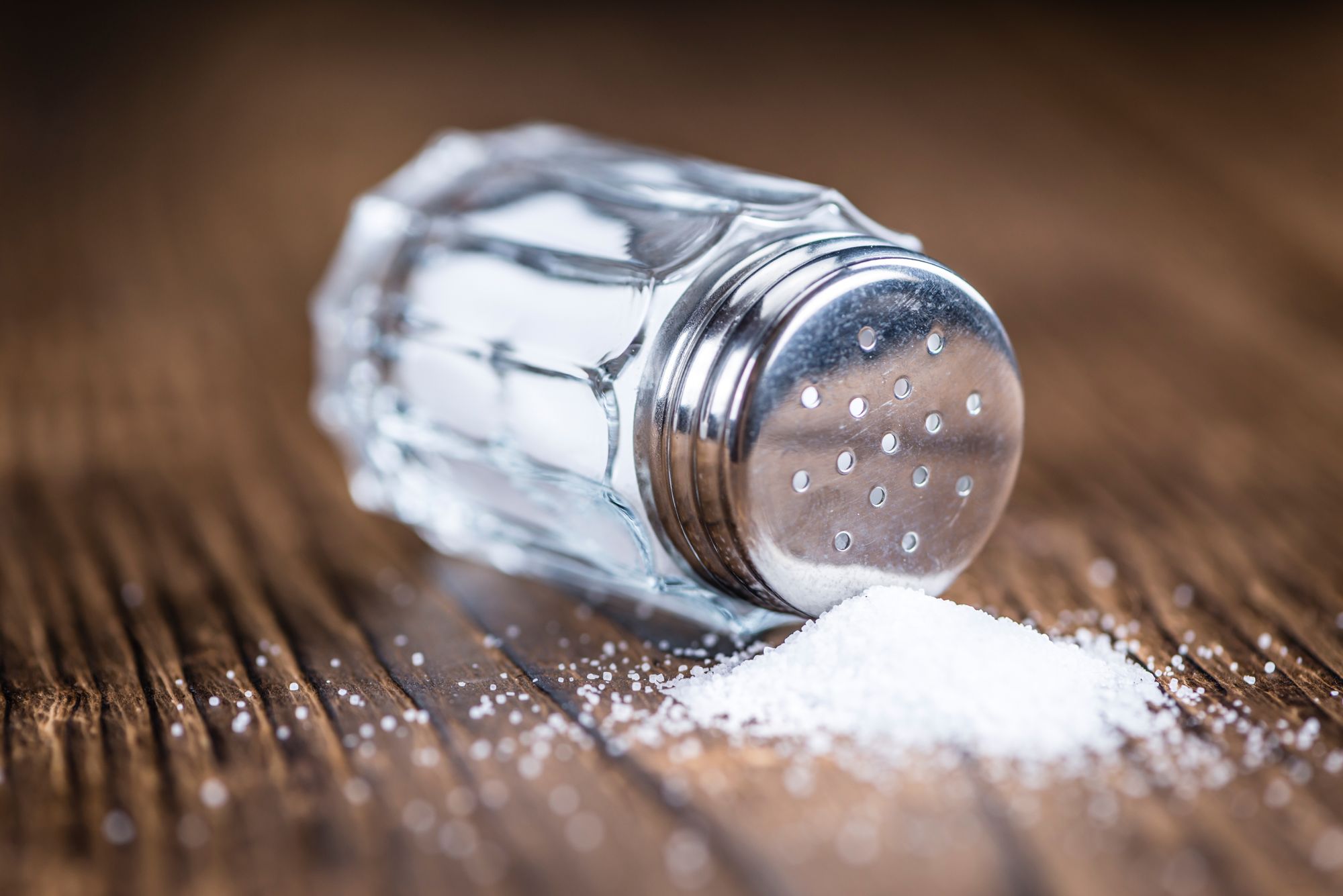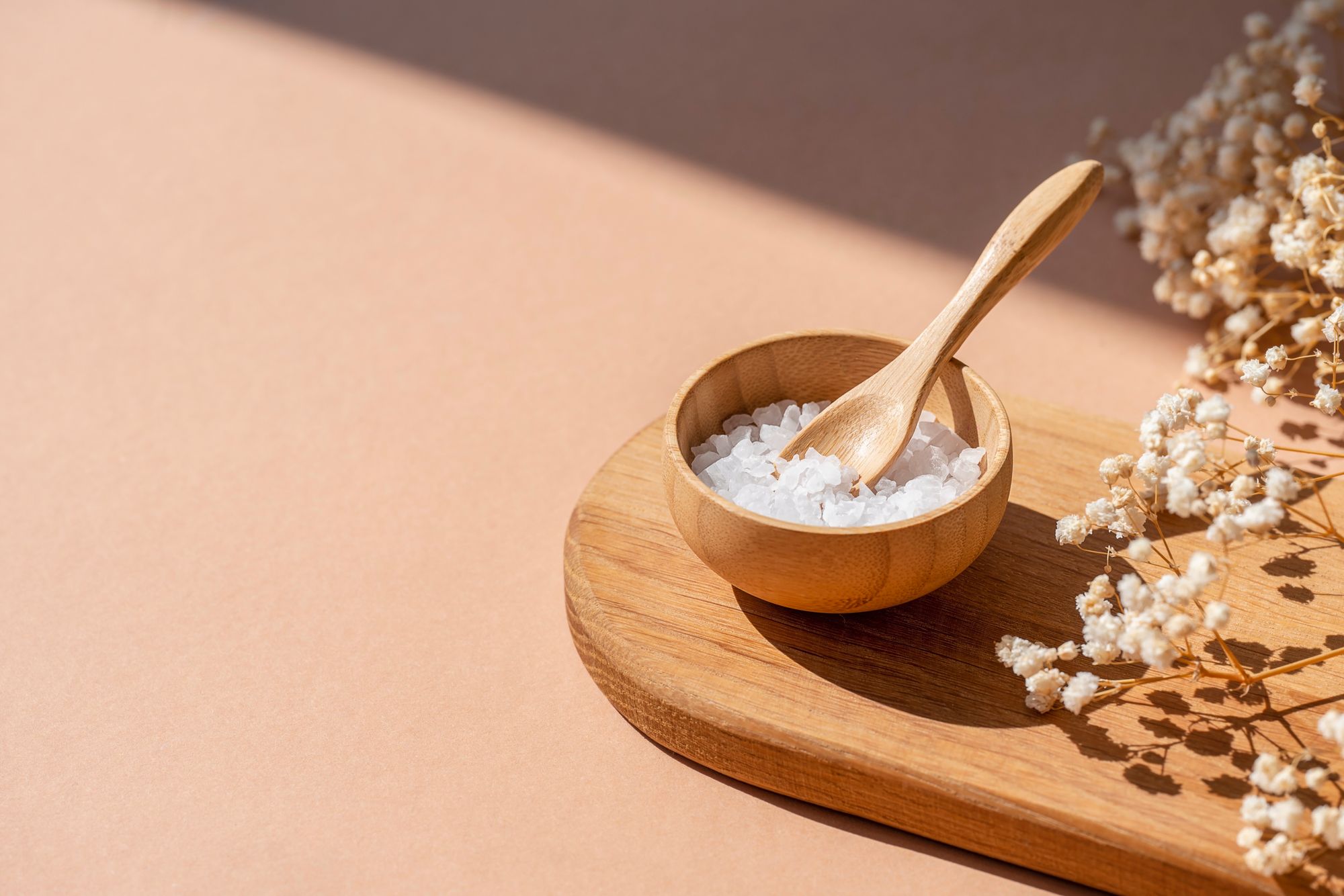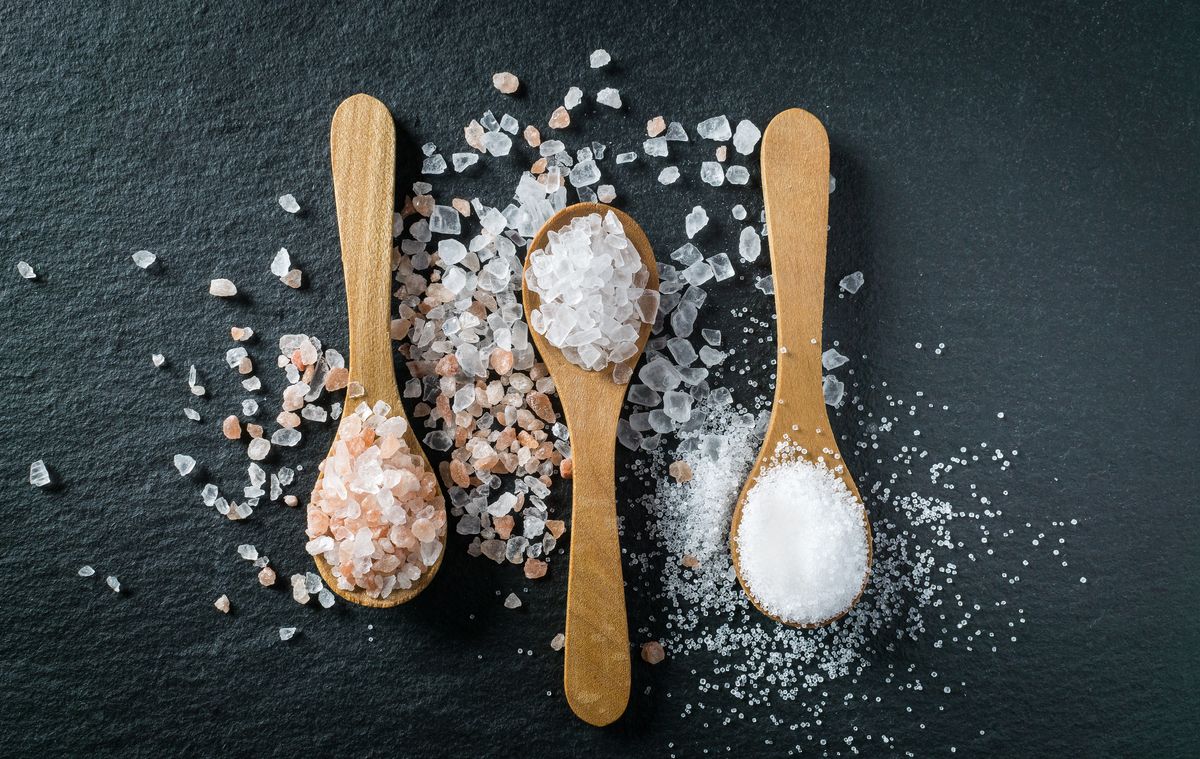Salt is a crucial ingredient in cooking as it brings out the flavor and enhances texture, while also serving as a preservative. It contains 40% sodium and 60% chloride by weight, and sodium is an essential electrolyte that is necessary for various bodily functions, such as digesting food, contracting muscles, and maintaining healthy nerve impulses. However, excessive sodium intake can cause health problems, and unfortunately, today's average sodium intake far exceeds what the body requires.
Many processed foods contain sodium-containing ingredients such as sodium bicarbonate and sodium nitrate, and more than 20 other names that indicate the presence of added sodium. These ingredients are often used to make products more appealing and extend their shelf life. Even seemingly low-sodium foods like bread, cereal, and dairy products can contain surprisingly high levels of sodium.
The recommended daily intake of sodium is up to 2,300 milligrams per day (equivalent to 1 teaspoon of salt), but the ideal limit is 1,500 milligrams, according to the American Heart Association. Unfortunately, most Americans consume around 3,400 milligrams of sodium per day, which can lead to negative health effects such as high blood pressure, an increased risk of stroke, and coronary artery disease.
Consuming excessive amounts of sodium in the short term and over time can have various negative health effects, according to research. Therefore, it is important to be mindful of our sodium intake to avoid potential health issues.
Salt and Sodium Intake: Understanding the Limits

To maintain muscle contraction, healthy nerve impulses, and fluid balance, the human body requires only a small amount of sodium - approximately 500 milligrams or a quarter teaspoon of salt. However, the average American consumes about 3,400 milligrams of sodium each day, far exceeding the recommended daily maximum of 2,300 milligrams (equivalent to one teaspoon of salt). Ideally, the intake should be limited to 1,500 milligrams daily, as advised by the American Heart Association.
Excessive intake of sodium can lead to negative health outcomes in many people, including high blood pressure, increased risk of stroke, and coronary artery disease. This is true for both acute and chronic consumption.
Research shows what happens in both the short and long term when an individual over-consumes salt consistently.
The Negative Health Effects of Excess Sodium Consumption

The Adverse Impact on Heart and Blood Vessels from Excess Sodium Consumption
Chronic high-sodium intake is commonly associated with various health issues, with high blood pressure or hypertension being the most prevalent. When sodium enters the bloodstream, it attracts water, causing the volume of fluid to increase and the pressure against the blood vessel walls to rise. Hypertension is considered a silent killer as it often has no visible signs or symptoms, leading many people to neglect their medical provider's advice to manage their elevated blood pressure.
Hypertension is the leading risk factor for developing cardiovascular disease, according to research published in the journal Hypertension. Studies published in Lancet estimate that high blood pressure is responsible for 54% of all strokes and 47% of all coronary heart disease cases. Elevated blood pressure also increases the risk of heart failure, atrial fibrillation, and heart valve disease.
You Might Become Bloated and Puffy
Consuming excessive amounts of salt from eating out, ordering in, or indulging in salty snacks can lead to short-term bloating due to water retention. The body may experience fluid shifts as a result of excess sodium intake, which can cause the stomach to feel extended, and salt-sensitive individuals may experience puffiness in the face, hands, and feet. According to a study published in the Annals of Nutrition & Metabolism, the body needs time to excrete the excess sodium and return to its normal fluid balance.
It May Lead to Weight Gain or More Body Fat
Consuming excessive amounts of salt from eating out, ordering in, or indulging in salty snacks can lead to short-term bloating due to water retention. The body may experience fluid shifts as a result of excess sodium intake, which can cause the stomach to feel extended, and salt-sensitive individuals may experience puffiness in the face, hands, and feet. According to a study published in the Annals of Nutrition & Metabolism, the body needs time to excrete the excess sodium and return to its normal fluid balance.
High Salt Intake Linked to Increased Risk of Dementia
Excessive salt consumption may increase the risk of developing vascular dementia, the second most common form of dementia among the elderly. Studies in animals have shown a connection between high-salt diets and dementia, while human studies have been less conclusive. A recent study published in Nature Neuroscience found that a diet high in salt is linked to an increased risk of dementia, although the exact mechanism is not yet fully understood. Additionally, a review article in the Journal of Alzheimer's Disease suggests that reducing salt intake may be a potential intervention to improve cognition. However, more high-quality prospective studies and clinical trials are needed to confirm these findings.
Top Foods That Contain Sodium

Processed foods and foods prepared outside the home are the primary sources of sodium in the American diet, rather than adding salt to food, according to research published in Circulation. Among the leading culprits for high sodium intake are prepared deli sandwiches, pizza, soup, salty snacks, poultry, pasta dishes, burgers, and egg-based dishes. Naturally occurring sodium in foods account for 14% of sodium intake, while 5.6% is from sodium added when cooking, and 5% is from salt used to season foods before eating.
To reduce sodium intake, it is recommended to avoid high-sodium prepared foods or restaurant foods, and opt for home-cooked meals or low-sodium alternatives. When purchasing prepared foods, always check the sodium content on the label and choose foods with less than 10% of the Daily Value for sodium.
To counteract the negative effects of high sodium intake, increasing potassium intake is recommended. Potassium, like sodium, helps to maintain fluid balance in the body, but it mitigates the negative effects of sodium. The Daily Value for potassium is 3,400 milligrams per day. To achieve a healthy potassium to sodium ratio, one should aim for 3,000 milligrams of potassium for every 1,000 milligrams of sodium. Potassium-rich foods include citrus, tomatoes, potatoes, bananas, sweet potatoes, fish, dark leafy greens, yogurt, and beans.

